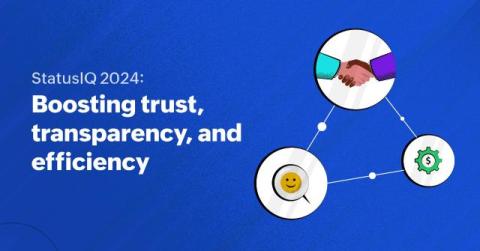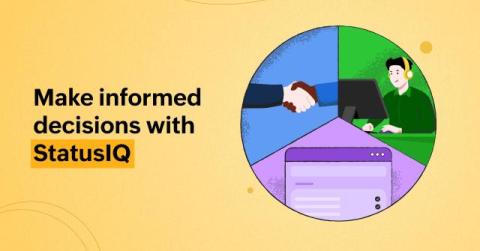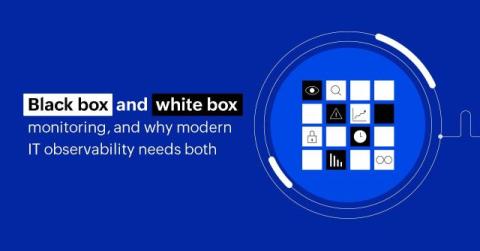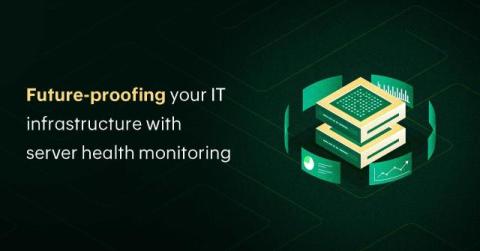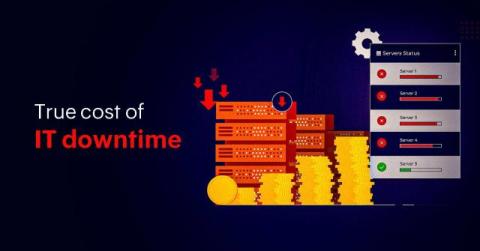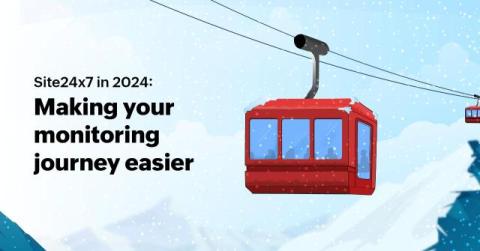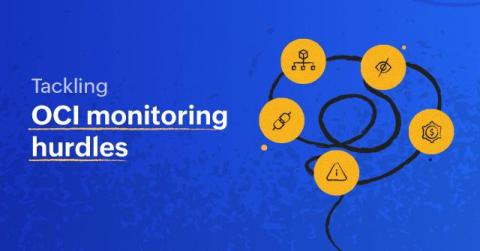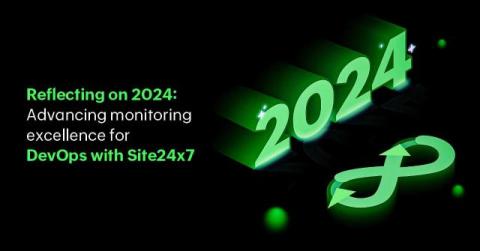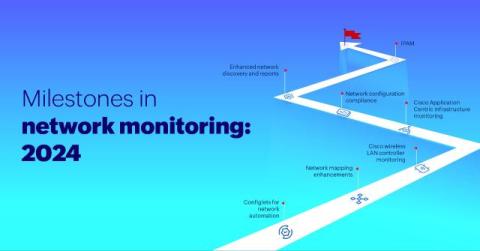Build user trust and foster transparency with StatusIQ's 2024 enhancements
2024 has been a transformative year for StatusIQ, marked by continuous innovation to meet the growing needs of our users. This year’s enhancements aim to simplify incident communication, improve team efficiency, and, most importantly, build trust with your users. From providing deeper insights into status history to enabling seamless platform migrations, these updates reflect our unwavering commitment to empowering teams and stakeholders.


